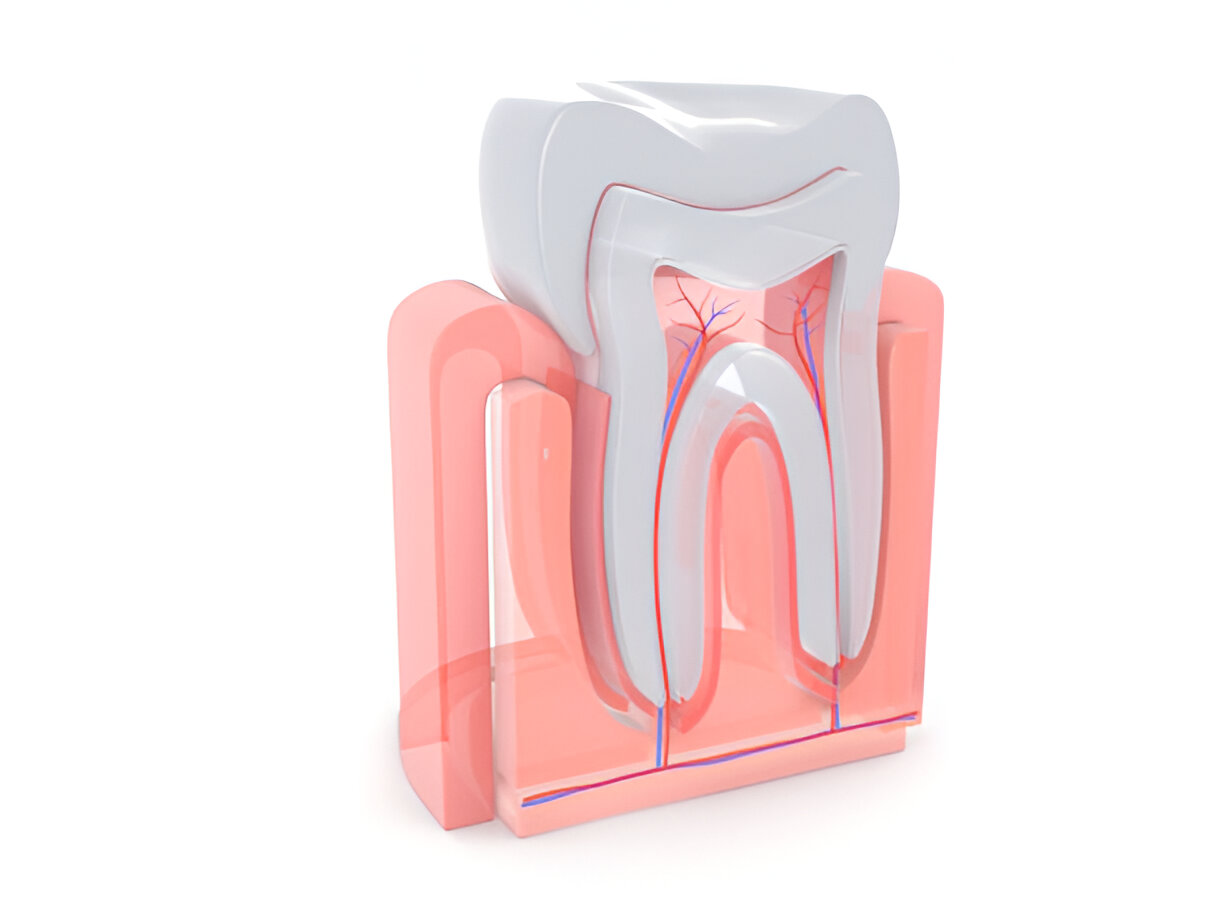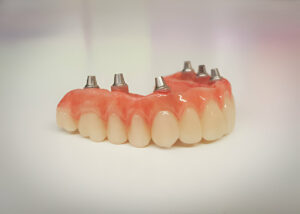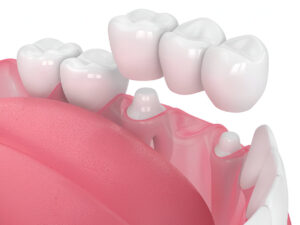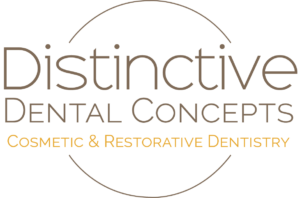Summary
Root canals and extractions serve different purposes in dental care. At Distinctive Dental Concepts, our dentists in Garland, TX, assess factors like damage severity and long-term oral health to recommend the best option. Root canals preserve natural teeth, while extractions address irreparable issues. This guide helps you understand both treatments’ benefits, procedures, and aftercare, ensuring an informed decision for your oral health.
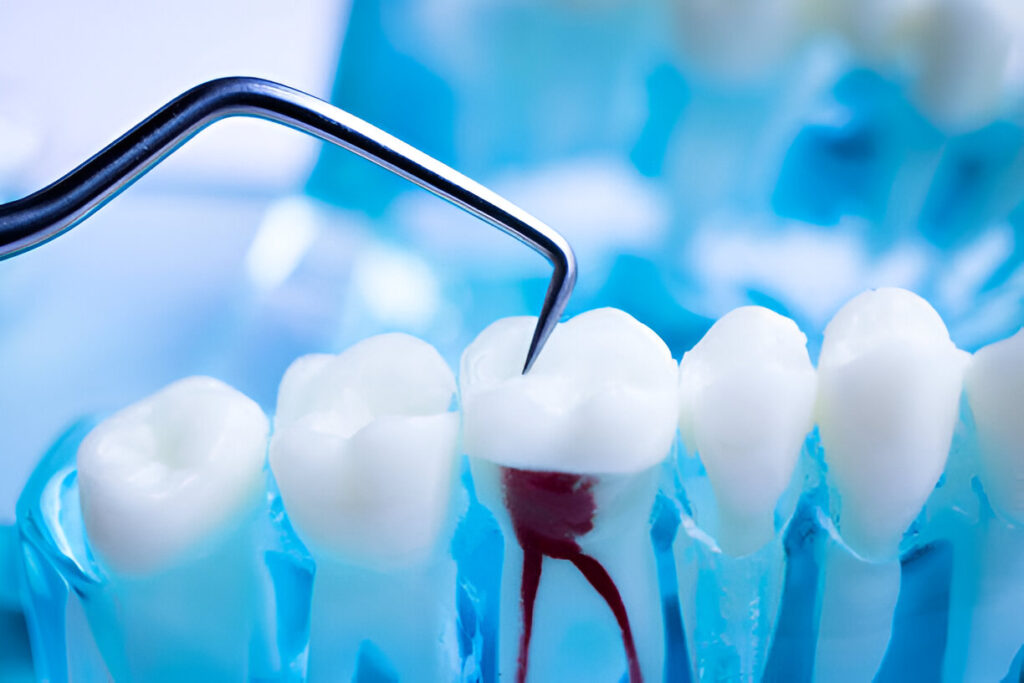
Maintaining oral health often involves making critical decisions about dental procedures. Among these, choosing between root canals and tooth extractions can be pivotal. Each option has its benefits and drawbacks, and understanding them helps you make an informed decision.
At Distinctive Dental Concepts, our experienced dentists in Garland, TX, prioritize preserving your natural teeth whenever possible.
Here’s a breakdown to guide you through these dental treatments:
Understanding Root Canals
A root canal is a restorative dental procedure that treats infections within the tooth’s pulp. It aims to save the tooth and alleviate pain without resorting to extraction.
Benefits of Root Canals:
- Preservation of Natural Tooth: Retain your natural tooth structure, which is vital for oral function.
- Efficient Pain Relief: Eliminates infection and reduces discomfort effectively.
- Cost-Effective in the Long Run: Prevents the need for prosthetic solutions like implants or bridges.
Procedure Overview:
- The infected pulp is removed
- The inside of the tooth is cleaned and disinfected
- The tooth is sealed and often capped with a crown for protection
If you’re seeking root canals in Garland, TX, we provide advanced care to restore your oral health painlessly.
Understanding Tooth Extractions
Tooth extractions involve removing a tooth entirely when it is beyond repair or poses risks to oral health.
Benefits of Extractions:
- Prevents Spread of Infection: Eliminates severely infected teeth to protect adjacent teeth and gums.
- Addresses Overcrowding: Facilitates orthodontic treatments by creating space in the dental arch.
- Quick and Simple Procedure: Especially for non-complicated cases.
Types of Extractions:
- Simple Extraction: Performed on visible teeth.
- Surgical Extraction: Needed for impacted or partially erupted teeth.
If you’re considering a tooth extraction in Garland, TX, our team ensures a comfortable and stress-free experience.
Fun Fact:
Did you know? Teeth are the only part of the human body that can’t heal themselves. This makes timely interventions like root canals and extractions crucial!
Root Canals vs. Extractions: Key Factors to Consider
Several factors come into play when deciding between root canals and tooth extractions. Understanding these key aspects can help patients make informed choices that align with their dental health and personal preferences.
1. Severity of Damage
The extent of damage to a tooth is one of the primary factors influencing the treatment decision.
- Root Canals in Garland, TX: A root canal is a restoring process intended for teeth with infections or damage to the structure that is still manageable. The procedure gets rid of the inflamed pulp, purifies the inner individual tooth, and seals it to avoid further damage. It is ideal for preserving teeth with severe cavities or cracks while maintaining enough integrity for restoration.
- Tooth Extraction in Garland, TX: On the other hand, extractions are considered when a tooth is extensively decayed, severely fractured, or damaged beyond repair. This option removes the problem at its source, preventing further complications like infection or pain.
By addressing the severity of damage, your dentist can determine whether salvaging the tooth or removing it is the best course of action.
2. Long-Term Oral Health
Maintaining long-term oral health is essential, and each treatment option has a distinct impact.
- Root Canals: Root canals offer long-term benefits for preserving natural teeth. A treated tooth remains in place, maintaining the alignment of adjacent teeth and preventing issues like shifting or jawbone deterioration. Root canals allow patients to keep their original smile while avoiding the complications of missing teeth.
- Extractions: Extractions can resolve immediate problems but may lead to challenges over time. Without a replacement, the absence of a tooth can cause adjacent teeth to shift, leading to bite misalignment or difficulty chewing. To mitigate this, patients often need follow-up treatments like implants or bridges, which restore functionality and prevent bone loss.
Dentists weigh these long-term considerations to recommend the most effective solution tailored to the patient’s needs.
3. Cost and Insurance Coverage
Finances often play a significant role in choosing between root canals and extractions.
- Root Canals: While the initial cost of a root canal might seem higher, it can be a cost-effective option in the long run. Preserving the natural tooth may help patients avoid additional expenses for restorative procedures like implants or bridges. Many insurance plans offer coverage for root canals, further reducing out-of-pocket costs.
- Extractions: Extractions are generally more affordable upfront, making them a practical choice for many patients. However, the long-term costs can add up, especially if restorative treatments are necessary to replace the missing tooth and maintain oral health.
Dentists help patients navigate these financial aspects, ensuring the chosen treatment aligns with their budget and insurance benefits.

What Dentists at Distinctive Dental Concepts Recommend
At Distinctive Dental Concepts, our dentists in Garland, TX prioritize individualized care to ensure patients receive the most suitable treatment. Each case is carefully evaluated based on oral health, dental history, and personal preferences.
Root Canal Recommendations
Our team recommends root canals in the following situations:
- When the tooth retains enough structural integrity to be restored
- For patients who value preserving their natural teeth and maintaining their smile
- In cases where the infection is localized and manageable with root canal therapy
Patients can often retain their original tooth structure by opting for a root canal while enjoying long-lasting oral health benefits.
Extraction Recommendations
Tooth extraction is advised under circumstances such as:
- Teeth with extensive damage or decay that cannot be repaired.
- Severe overcrowding affects orthodontic treatment plans or overall bite alignment.
- Persistent infections that do not respond to conventional treatments pose a risk to overall oral health.
Our dentists guide patients requiring extractions through follow-up restorative solutions, such as dental implants or bridges, to ensure optimal oral health and aesthetics.
At Distinctive Dental Concepts, our approach is rooted in understanding the unique needs of every patient. Whether it’s a root canal or a tooth extraction in Garland, TX, our goal is to deliver personalized care that prioritizes comfort, health, and lasting results.
How to Decide Between Root Canals and Extractions
Questions to Ask Your Dentist:
- What are the long-term implications of this treatment?
- Will this procedure impact my adjacent teeth or bite?
- What aftercare will be needed?
Post-Treatment Care:
- Root Canal Aftercare: Maintain good oral hygiene, avoid chewing hard foods, and visit your dentist for follow-ups.
- Extraction Aftercare: Allow proper healing, avoid smoking, and follow dietary recommendations to prevent complications.

Takeaways:
- Root canals preserve natural teeth and are ideal for treatable infections.
- Extractions are necessary for irreparable damage or to prevent overcrowding.
- Consult the experienced dentists in Garland, TX, at Distinctive Dental Concepts for personalized guidance.
- When deciding between root canal and tooth extraction, consider factors like cost, oral health implications, and long-term benefits.
- Preventive care reduces the need for extensive procedures like root canals or extractions.
